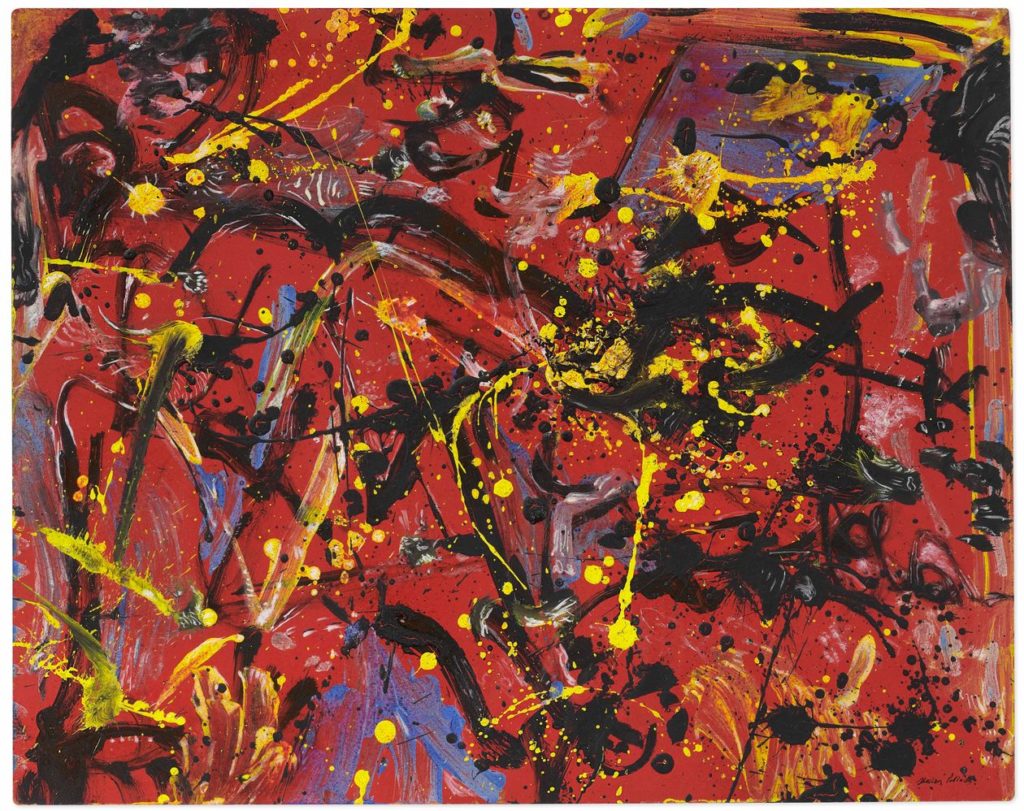In today’s Wall Street Journal “Sightings” column, I write about the disastrous decision of a small museum in upstate New York to sell its only important painting—and what it means for the future of museum management in America. Is there an alternative? Maybe. Here’s an excerpt.
* * *
If you want to own a canvas by Jackson Pollock and have $18 million to spare (assuming the bidding doesn’t go even higher), Christie’s is putting one on the block in New York two weeks from now. One can only imagine the number of super-rich collectors who are salivating at the chance to buy “Red Composition (Painting 1946),” which is not only a compact (just under two feet wide), vividly colored epitome of Abstract Expressionism but a work of high historical significance, Pollock’s second drip canvas ever.
Should you plan to bid on it, though, you’d better brace yourself for controversy….

“Red Composition” is owned not by another wealthy collector but by the Everson Museum of Art in Syracuse, N.Y. It is by far the most important painting in the Everson, a small regional institution that specializes in American art. None of the other modern pieces in its permanent collection is remotely as significant, or as beautiful. Given the price tag, to sell “Red Composition” at auction almost certainly means that it will pass into private hands and never again be seen by the public….
According to the museum’s press release, it plans to use the proceeds to “establish a fund for acquiring works created by artists of color, women artists, and other under-represented contemporary and mid-career artists.” This is, needless to say, a wholly admirable goal, especially since the population of Syracuse is more than 50% non-white or Latino. But to seek to diversify the Everson by selling off the jewel of its collection flies in the face of a fundamental tenet of museum governance: An art museum is a public trust. In return for its special tax status and similar privileges, it is expected to treat its holdings with that fact firmly in mind….
Now consider the case of “Red Composition.” Not only is it the Everson’s sole destination piece, a work sufficiently important to justify paying a visit to an out-of-the-way art museum of no particular distinction, but it is the very embodiment of the Everson’s historic mission: In 1911, it became the first museum anywhere to dedicate itself to the collection of American art. How, then, is it possible for a museum of American art to rationalize selling the only truly great painting in its modest collection?
The answeris that it can’t….
* * *
Read the whole thing here.